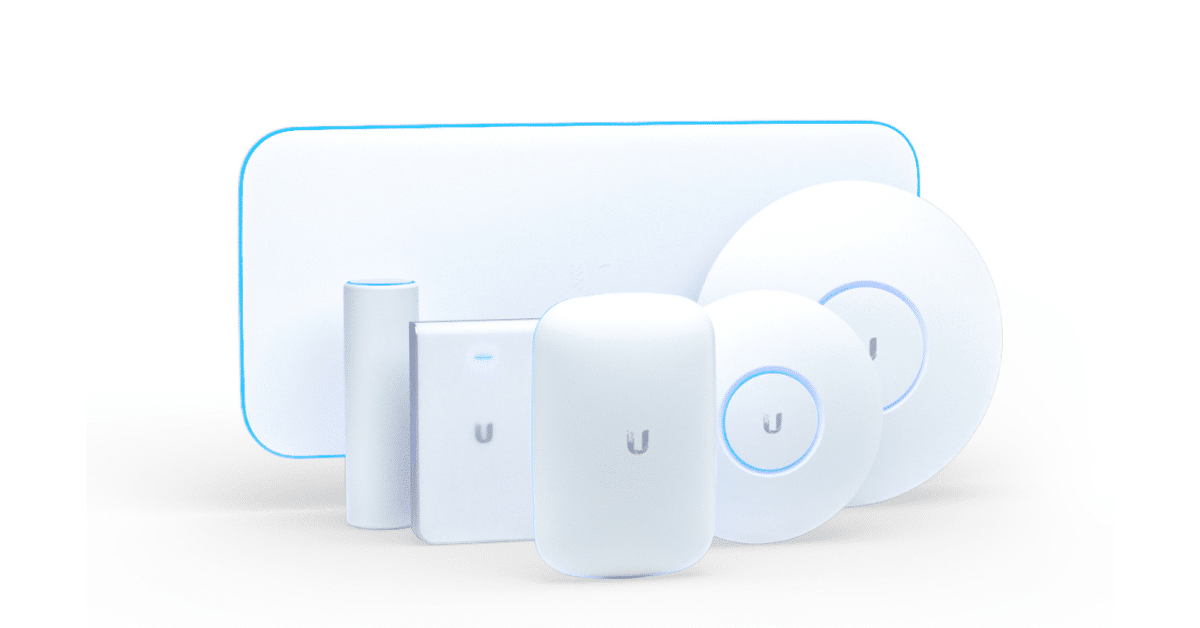Current and Future Trends in Remote Work: Insights and Innovations
Remote working is here to stay, whether mandated by employers or chosen by employees. Work will almost certainly never be the same again. Even though we know work will change, we can’t predict how it will change. Fortunately, teleconferencing and telework technology used at the home office has advanced to the point where some businesses can succeed efficiently with remote teams.
To assess the effectiveness of communication technology in remote working, we’ll look thoroughly at the past of remote work, the current state of the home office, and indications for the future of remote work. Check out the current and future remote work trends.
Is Work from Home Effective?

A decade ago, most employers could not imagine the idea of employees who would work from home. One significant threat for many employers is the loss of workers’ productivity. How productive and efficient can an employee be if coworkers and supervisors do not constantly monitor them?
To fully understand the efficiency of remote working, Airtasker polled 1,004 full-time employees in the United States, 505 of whom were remote employees, concerning their habits of working from home and productivity at the home office. According to the findings, remote workers are more productive than their office-based counterparts. The study discovered the following:
- Remote employees work an extra 1.4 days per month than in-office employees, for nearly 17 extra workdays per year.
- On average, office workers are unproductive for 37 minutes per day, not including lunch or breaks, whereas remote employees are unproductive for only 27 minutes.
- 15% of remote workers reported that their boss distracted them from work, compared to 22% of office-based employees.
- Remote workers take longer breaks on average than office workers (22 minutes versus 18 minutes), but they work an extra 10 minutes daily.
While these survey results may motivate employees and employers to integrate the idea of work from home program, remote employees also mentioned that they feel higher stress levels and greater difficulty finding work-life balance than office-based employees. However, according to the American Psychological Association, remote work can increase employee satisfaction when done correctly.
Remote working is ultimately effective, but it must implement correctly, and it may not be the best situation for every employee or every business.
The Evolution of Remote Working

A few years ago, remote work was impossible due to technological limitations. For instance, when you were out of the office, your coworkers and business partners couldn’t contact you via email, text, or direct message. To have a work-related conversation, you would have needed to provide an alternate phone number, pager number, or even fax number. Even full-time remote working positions were not what they are now.
As one of the advantages of technological advances brings an efficient and convenient way of the remote working process, we can now complete the same task no matter where we are. It has enabled us to communicate with coworkers and clients at all times. Video conferencing is one of the most useful technologies for seamless remote work. Workers who work from home can see and speak to one another in real-time, anywhere there is an internet connection, making it the next best thing to a face-to-face meeting.
Technology has advanced so quickly that many businesses have abandoned traditional offices in favor of working spaces to accommodate their largely remote workforce. Remote working provides unique opportunities in the event of a crisis, such as a natural disaster or a
pandemic. For example, as COVID-19 spreads rapidly around the world, the ability of many workers to perform their job duties entirely from the home office can help protect public health and the company’s continued success.
Today’s State of Remote Working

Many various businesses embraced remote work quickly during the pandemic. Businesses will most likely use remote working as a key tool to maintain business continuity in the future. While the desire and expectation of employees to work remotely grow year after year, companies are only slowly adopting remote-friendly policies.
Teleworking has become common in many offices worldwide, as communication technology and internet access have advanced. Many other companies have immersed themselves in remote work at the home office. Some integrate the hybrid working policy. Also, the hybrid working setup is a flexible work approach for a mix of in-office, remote, and mobile workers. It allows employees to work wherever and however they are most productive.
According to a Buffer survey on remote work, 75% of remote workers reported that their employers do not cover internet costs, and 71% reported that their employers do not pay for working spaces. These figures are slightly better than the previous year when 78% of businesses did not cover internet costs, and 76% did not pay for working spaces. While the desire and expectation of employees to work remotely grow year after year, companies are only slowly adopting remote-friendly policies.
The widespread shift to remote working has altered many people’s perceptions of the workplace. The pandemic has altered remote workers’ perceptions of productivity and engagement, and remote and hybrid work is now widely accepted worldwide. Many employees benefit from remote work because it promotes work-life balance, employee involvement, and performance levels. Furthermore, the popularity of working from home may persist after the pandemic. Adapting to this reality is critical for maintaining a high-performance organization that grows and prospers.
Remote Working Objectives to Acquire Evolving Business Needs
Most newly remote working companies shifted their focus to the home office and did hybrid working. For the employees to continue working after the pandemic, businesses must know
the reasons why they may continue to allow them to work remotely:
- The remote working setup as a new norm can save companies money by eliminating the need for expensive office space while giving employees the freedom to create their schedules and work from wherever they want.
- Remote working can boost individual and group productivity in the home office as they will have enough time to prepare when they are just in their homes.
- A hybrid working setup can make corporate culture more adaptable and responsive to employee needs.
- Various enterprises can adapt to changing business trends and market demands, leading to more valuable customers.
- Businesses that work from home may also take steps to realign their workforce numbers in response to a changing business environment.
Working from anywhere at any time is more than just a workplace trend; it is the future state of work. Technology will continue to advance, bringing us all ever closer together. It will continue to link us as employees and companies across time zones and continents. We may
not all be in the same room, but work can be just as effective as the traditional working model. It’s time for both employers and employees to embrace the new world of hybrid working, remote working, and the current setup of working from the home office.
Remote Working is the Future
According to Fast Company, remote work software such as mobile work tools and virtual reality conferencing will overtake face-to-face meetings as the preferred mode of communication. Various online software solutions will certainly play a significant role in
managing remote employees. These advancements may put businesses at ease. The transition to managing a remote workforce may be intimidating, but with the right technology and hardworking employees, it can be a smooth process.
In the long run, resisting change may cause more harm than good. Many employees now expect to be able to work from home. According to Buffer, at least 99% of current remote workers would like to work remotely for the rest of their careers. It is a nine-point increase
over the previous year’s figure from the same survey. Furthermore, according to Global Workplace Analytics, 37% of remote employees would take a 10% pay cut to continue working from home. Because of this growing trend, some people refuse to accept onsite jobs
because they know they can find a more convenient and flexible job elsewhere.
Rather than resisting change, businesses improve their remote work policies and capabilities. Employers may find that long-term remote working is an option for their employees and business even after the pandemic. It is due to its positive impact on employee productivity, lower real estate costs, and environmental impact.
The largest global experiment of workers who work from home has assisted remote teams in learning new ways to communicate, establishing varied productivity routines, and rapidly adopting remote collaboration tools and technologies at work. Implementing remote working
at the home office is a long-term project commitment. Building a functional remote work infrastructure across your organization is a larger task than most companies realize. That is why understanding a strong corporate culture and a structured home office approach is important.
MYITHUB’s Involvement in the Success of Remote Teams
Remote teams, both old and new, thrive in a virtual workspace where they can optimize workflows and collaborate seamlessly. MYITHUB’s Products and Solutions enable teams to manage workloads, streamline processes, and communicate effectively anywhere.
Sign up today to learn how we can help your remote teams collaborate anywhere at any time to achieve results. Start your business and your day right. Get advice and office culture tips with us!




























